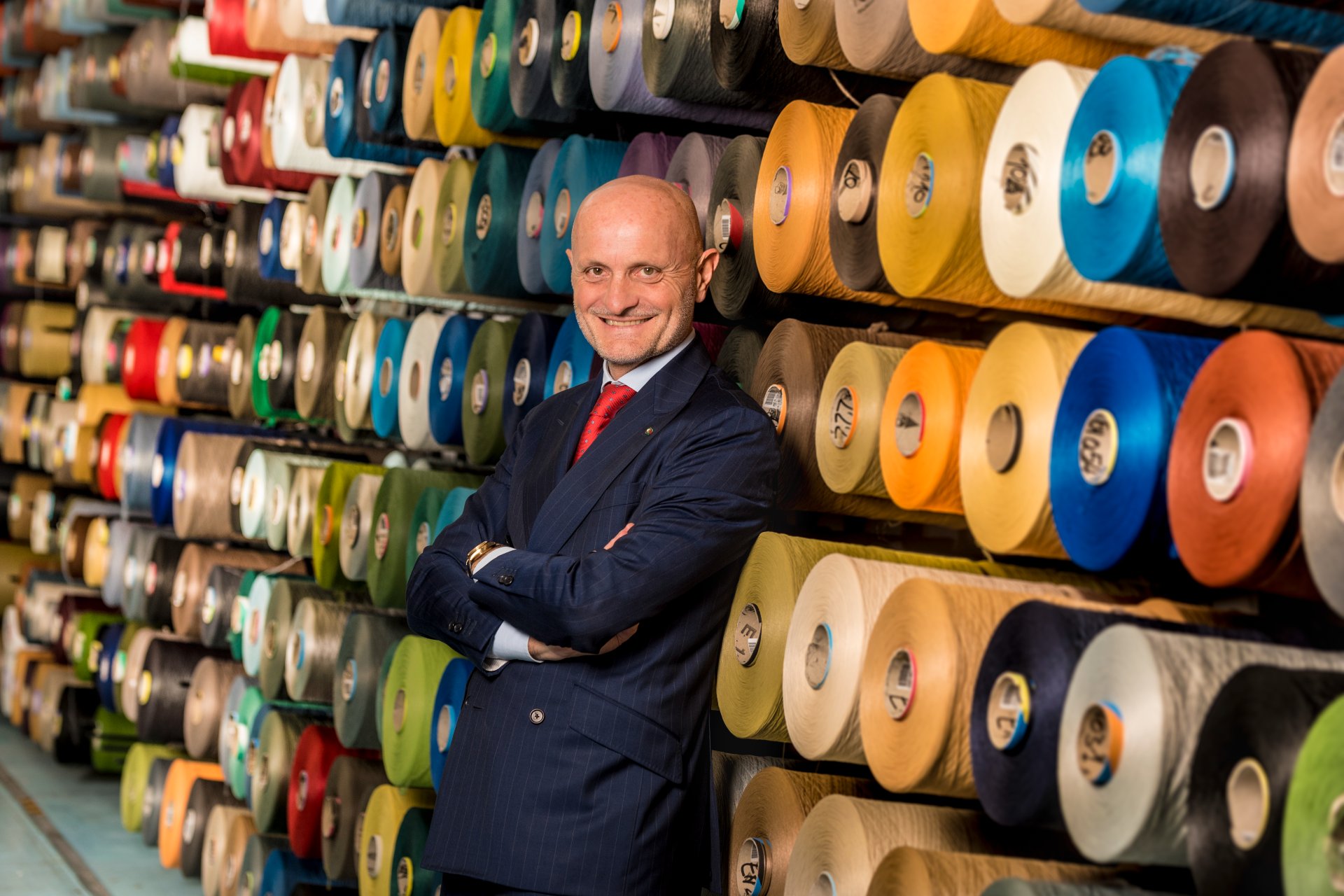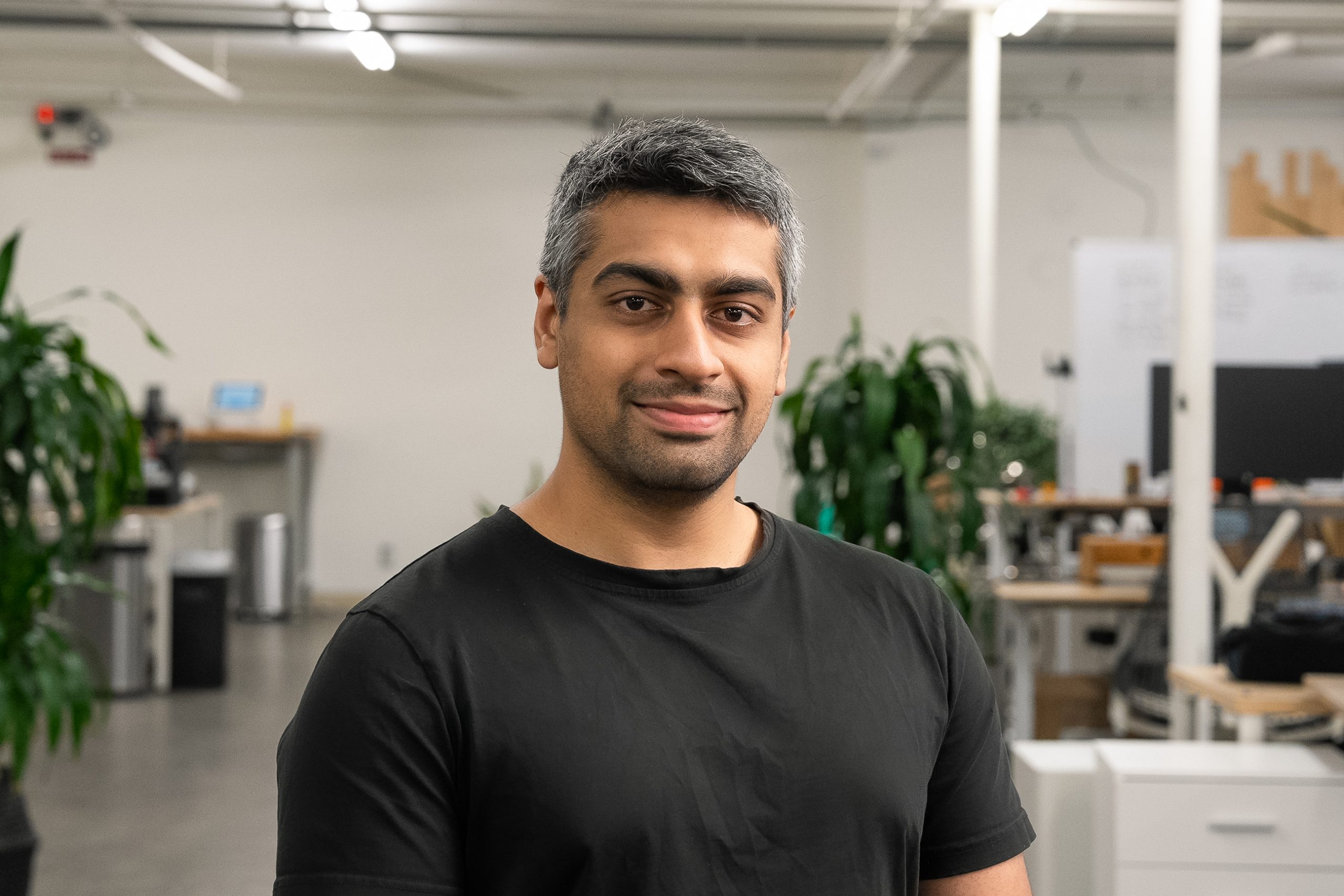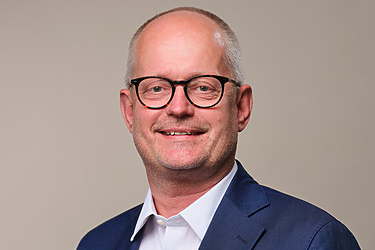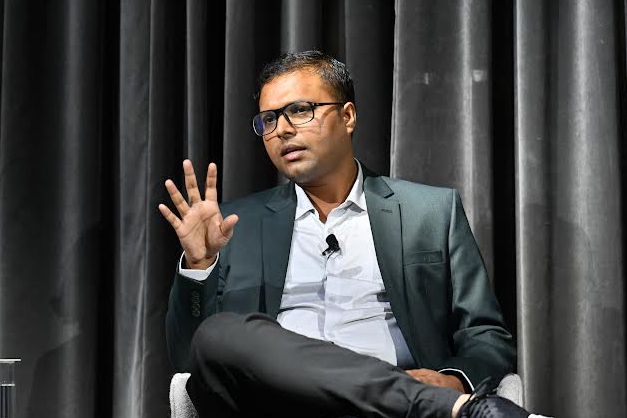
Giulio Bonazzi – Chairman and CEO of Aquafil Group
Our recent interaction with Giulio Bonazzi - Chairman and CEO of Aquafil Group, talks about Aquafil’s innovative product - Econyl, its manufacturing process from nylon waste, and how he is passionate about lowering Aquafil's environmental effect and developing the circular economy.[Interview] Aquafil reimagining nylon 6 waste and giving it a second life
2021-09-01 09:47:00 – USAAquafil S.p.A, founded in 1969, is a family-owned and operated company based in Italy that currently has operations across Europe, the United States, and Asia. Aquafil has been involved in the production of Nylon 6 for more than 40 years and is a global leader in the synthetic fibers industry.
Aquafil launched the ECONYL® Reclaiming Programme in 2011 to allow a reverse supply chain and assure dependable materials inputs. The program sources a variety of products made entirely of Nylon 6, such as fishing nets, rigid fabrics, or other plastic components, and gives trash a second life by converting it into carpets and clothing.
Our recent interaction with Giulio Bonazzi - Chairman and CEO of Aquafil Group, talks about Aquafil’s innovative product - Econyl, its manufacturing process from nylon waste, and how he is passionate about lowering Aquafil's environmental effect and developing the circular economy.
YnFx: What inspired the creation of Econyl?
Bonazzi: The idea started with an intuition; I have always had a very clear vision of how the company must be. The project is therefore a part of a very precise strategy of transforming an entire business from linear to circular, also because we believe this is the only way to prosper and keep up with the challenges of a rapidly changing market.
So, a change that goes from the classic ‘take raw materials, produce products, and throw them once they are no longer useful’ to ‘take waste, produce products, and recover what would be destined for landfill’, so no longer using raw material from fossil sources fossils. ECONYL® is , in fact, a regenerated nylon made entirely from nylon waste – like fishing nets, fabric scraps, old carpets destined for landfill – but with the same performance as the nylon produced by oil.
YnFx: How do you source the various raw materials (waste) for your recycled products?
Bonazzi: ECONYL® is regenerated nylon 100% made from nylon waste. It comes from nylon waste such as fishing nets, fabric scraps from mills, and carpets destined for landfills but it has the same performance as standard-quality nylon. It is both for apparel, carpets, and other interior design products.
By using waste to produce the ECONYL® there is the double advantage of using discarded nylons that would otherwise be dumped into landfills or nature and avoiding the use of oil as a raw material.
The ECONYL® regenerated nylon can be recycled infinitely, unleashing endless possibilities for makers, creators, and consumers.
That means you create new products and buy new products without ever having to use new resources.
We collect Nylon 6 waste from all over the world through different initiatives and projects:
• The ECONYL® Reclaiming Program – Our reclaim managers are expanding the waste collection network across the globe, for all kinds of Nylon waste.
• The Healthy Seas initiative – Volunteer divers are recovering abandoned or lost ghost nets from the bottom of the seas in Belgium, the Netherlands, Italy, Greece, and Croatia.
• Net-Works™ – Founded by Interface with Zoological Society London, it is a social initiative to empower coastal communities in the Philippines and Cameroon to collect and sell discarded fishing nets.
• Aquafil Carpet Recycling facility – We established in the States a facility that allows us to recover nylon waste from old carpets. The first plant is located in Phoenix, but we want to open many of these recycling plants in many other locations.
YnFx: What is the science underlying the material and the manufacturing process of Econyl?
Bonazzi: We regenerate Nylon 6 waste through chemical recycling. The key step is called depolymerization where we transform waste back into nylon's raw material.
Here is the process: https://www.econyl.com/the-process/
In the second step of the ECONYL® Regeneration System, a catalyst is added to the nylon 6 waste to break down and purify the polymers through a distillation process.
This creates a transparent liquid called caprolactam – the raw material for nylon 6 polymer, with the same characteristics as the primary raw material obtained from crude oil. A polymerization process then forms a nylon 6 polymer, which is turned into polymer chips. These could then be spun into yarn.
YnFx: What is the environmental footprint of Econyl and how it is contributing to the industry’s journey towards sustainability?
Bonazzi: For every 10,000 tons of ECONYL® raw material, we are able to save 70,000 barrels of crude oil and avoid 65,100 tonnes of CO2 eq. emissions.
As well as being a solution to waste, ECONYL® regenerated nylon is also better when it comes to climate change. It reduces the global warming impact of nylon by up to 90% compared with the material from oil.
We all can do our part for a more sustainable - and circular - world!
Many brands are converting all their nylon into ECONYL® regenerated nylon. As you know, there is still much to do in the fashion industry. We believe that choosing more sustainable materials is a good step forward.
More and more fashion and interior designers are enthusiastic about the idea of using sustainable materials in their collections. They choose ECONYL® for both environmental performance and the exciting story behind the regenerated yarn. More than 2000 fashion brands and more than 60 carpet manufacturers have already chosen ECONYL® and this gives a glimpse of excellent prospects.
YnFx: What are the various measures taken by the company in various manufacturing stages to ensure sustainability?
Bonazzi: We have a tool to collect all data for 4 areas of improvement that are: waste management, energy consumption, water consumption, CO2 emissions. Furthermore, we have implemented an operation unit fully dedicated to our sustainable journey, based on 3 pillars: use of low impact energy or renewables for all the plants; make sure all the plants have in place specific waste management policies included agreements with suppliers (here is where ECONYL® was born); raising awareness inside and outside Aquafil about the topics related to sustainability and circularity.
YnFx: What new environment-friendly materials are you planning to experiment out in the future?
Bonazzi: ECONYL® comes around 50% from pre-consumer waste and 50% from post-consumer nylon waste such as fishing nets and carpet waste. Our goal is to increase the percentage of post-consumer waste more and more.
We are working within a multi-company collaboration called Project EFFECTIVE to produce more sustainable bio-based fibers and plastics for large consumer products by using renewable feedstocks and innovative technologies.
Market Intelligence
Ask for free sample Report

experience
Customer Base
dedicated team
Countries Served Worldwide






